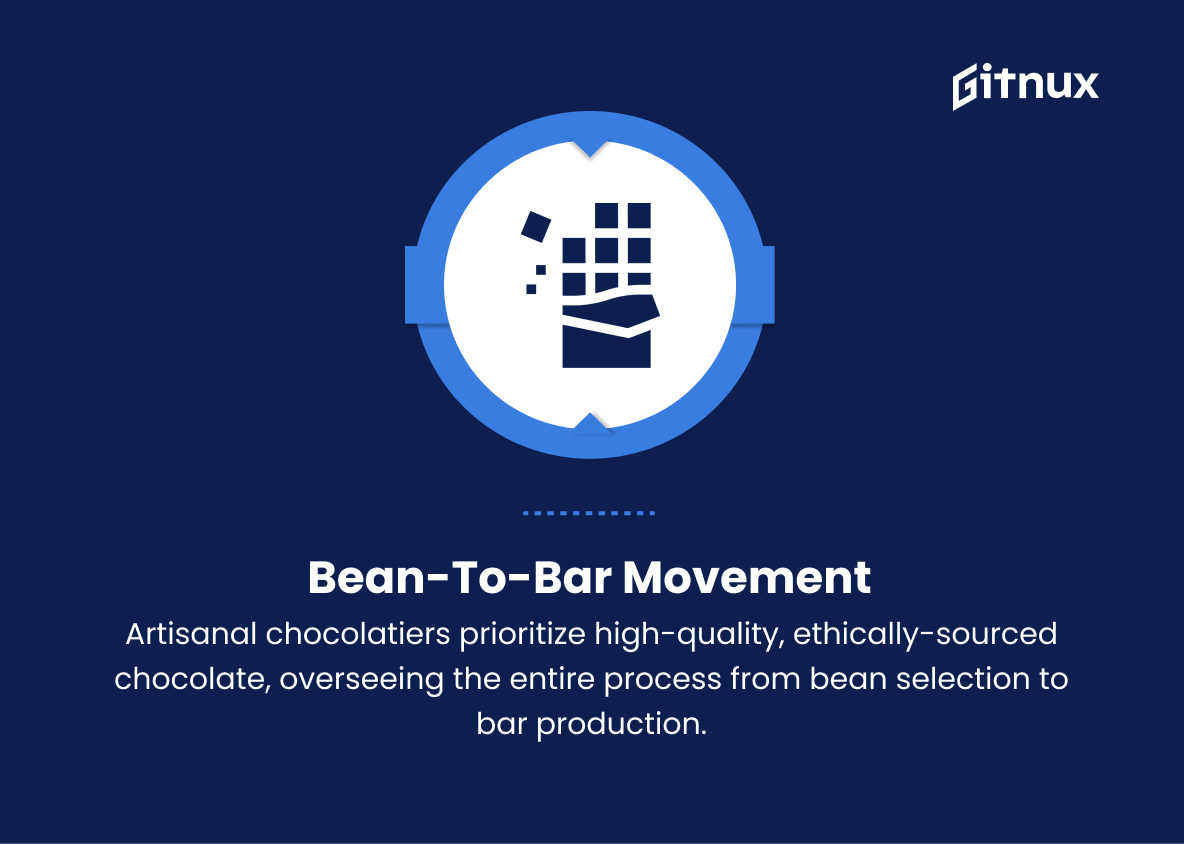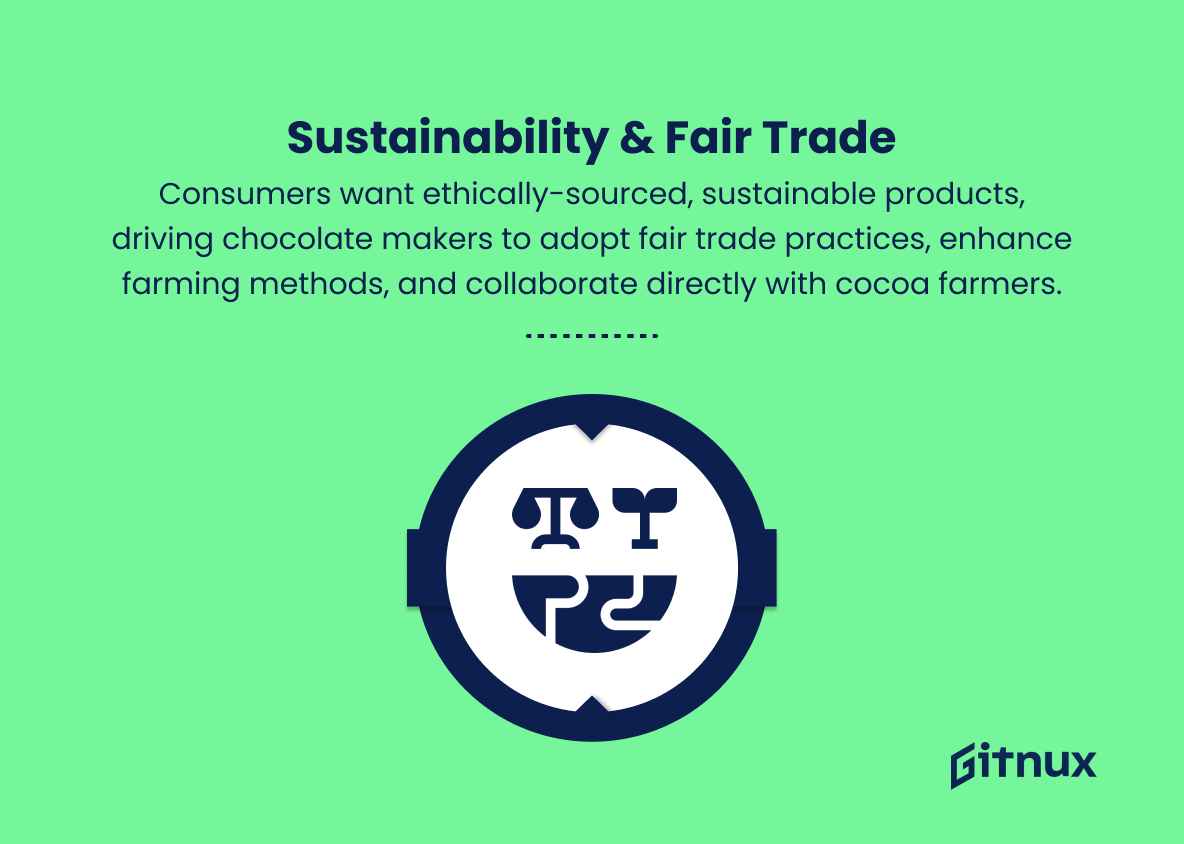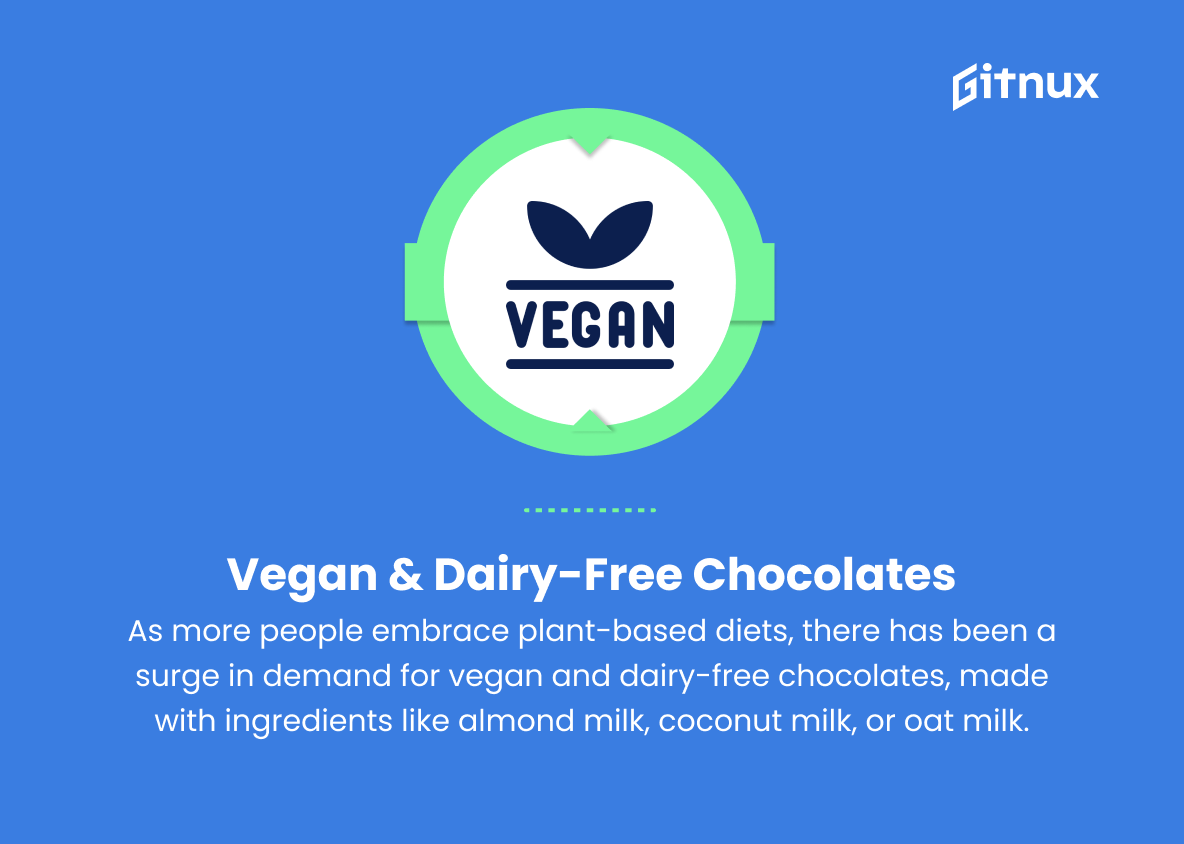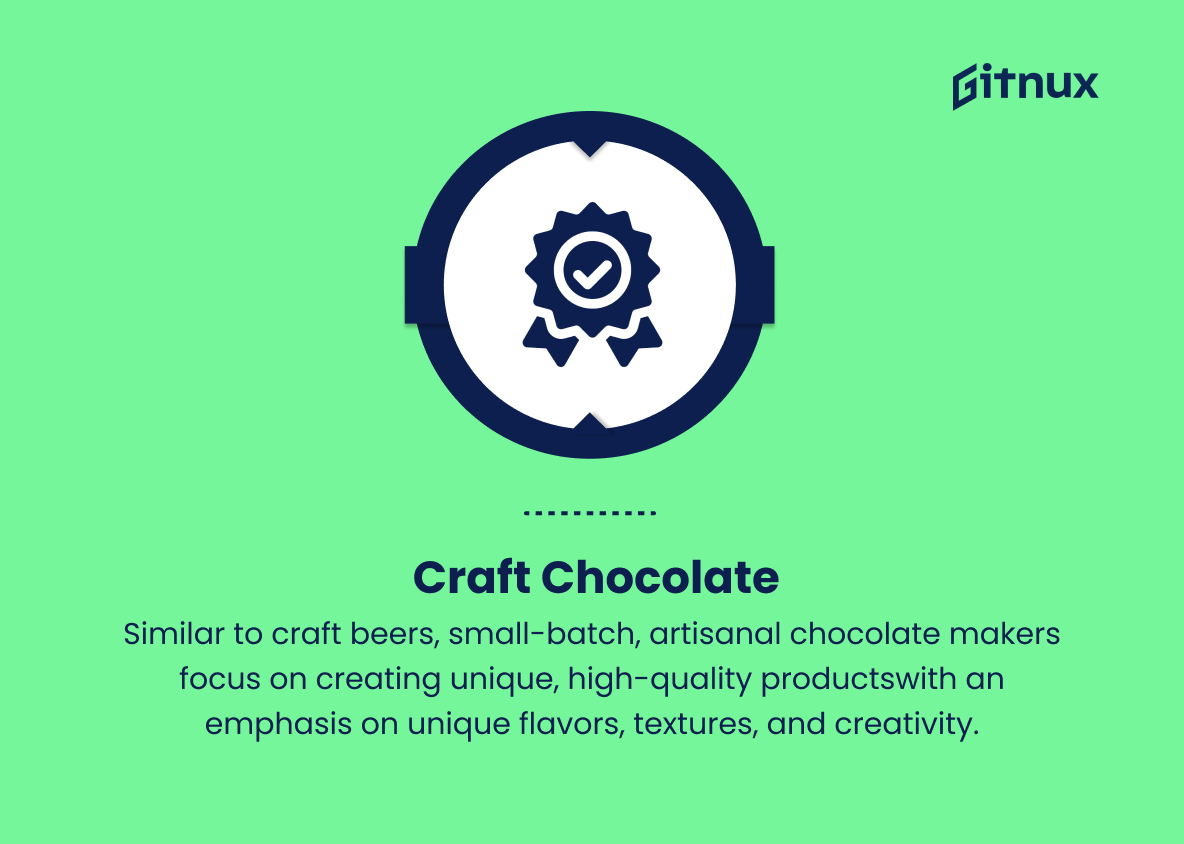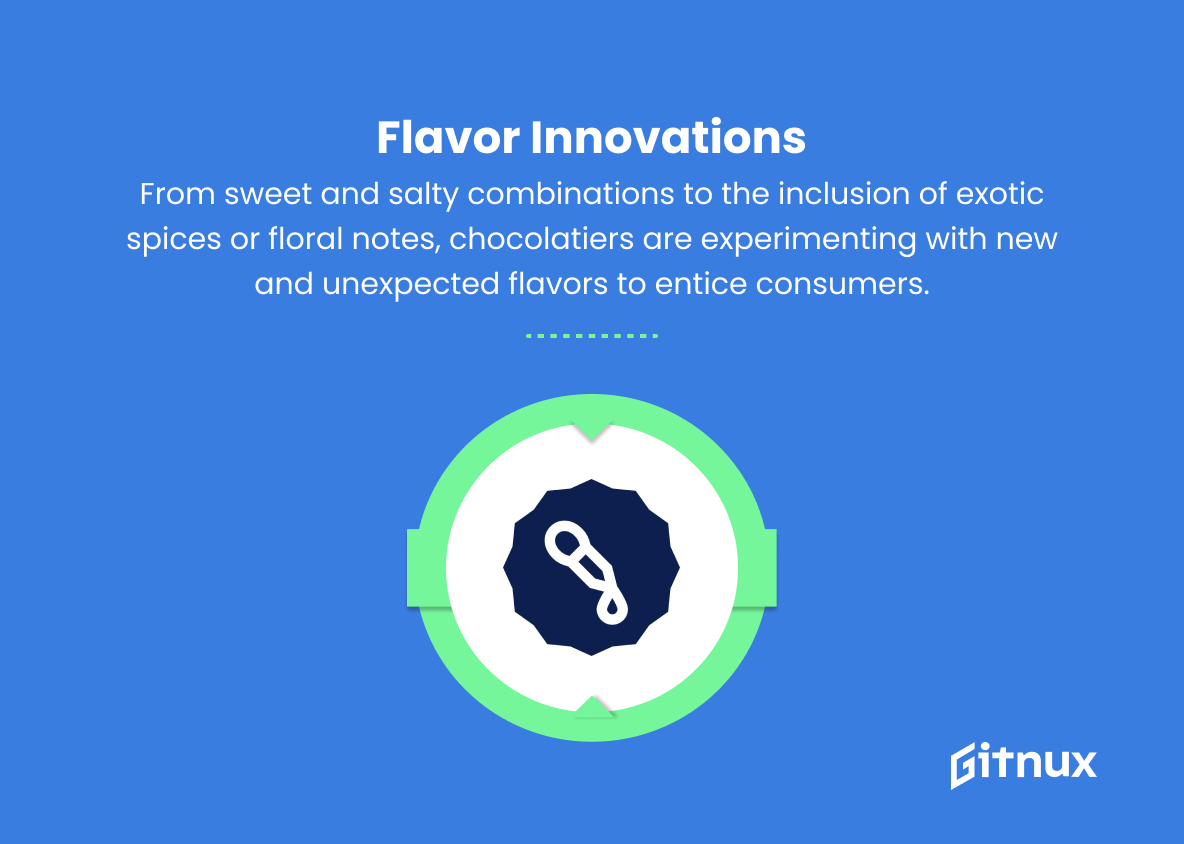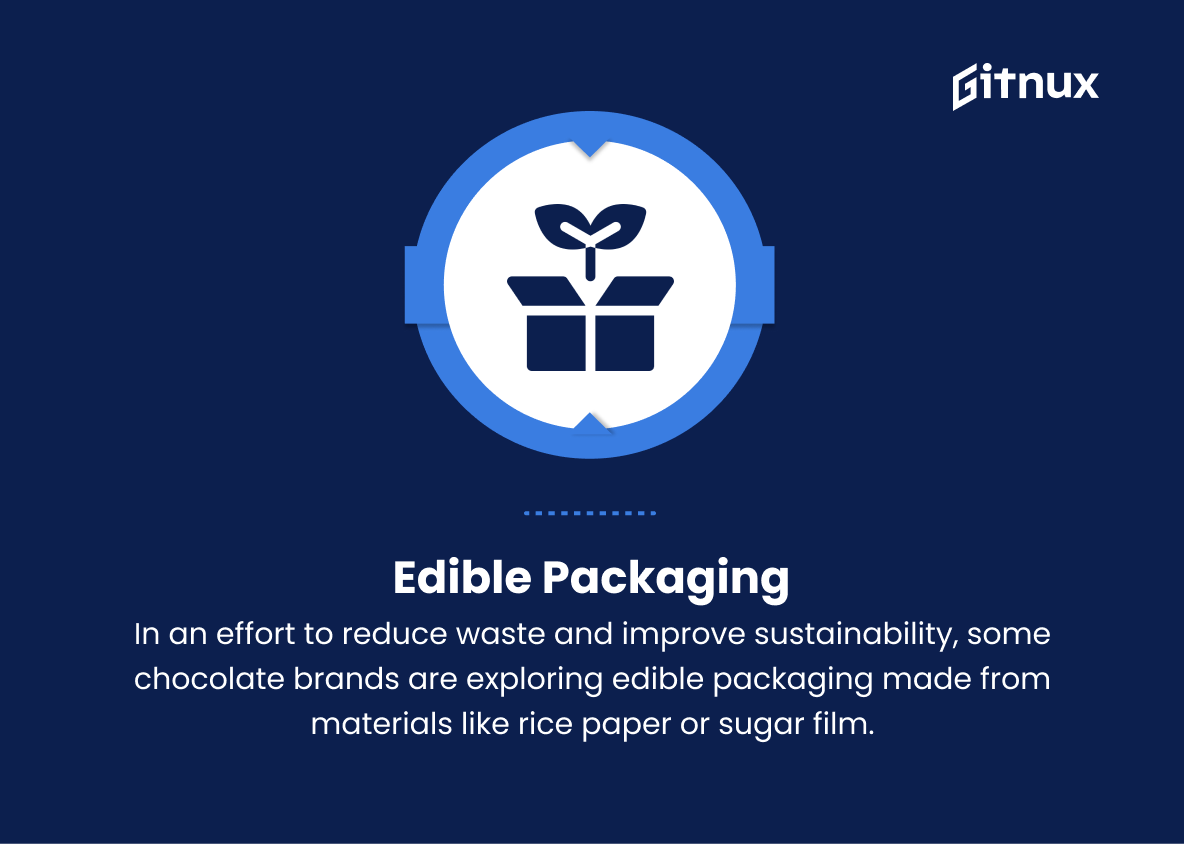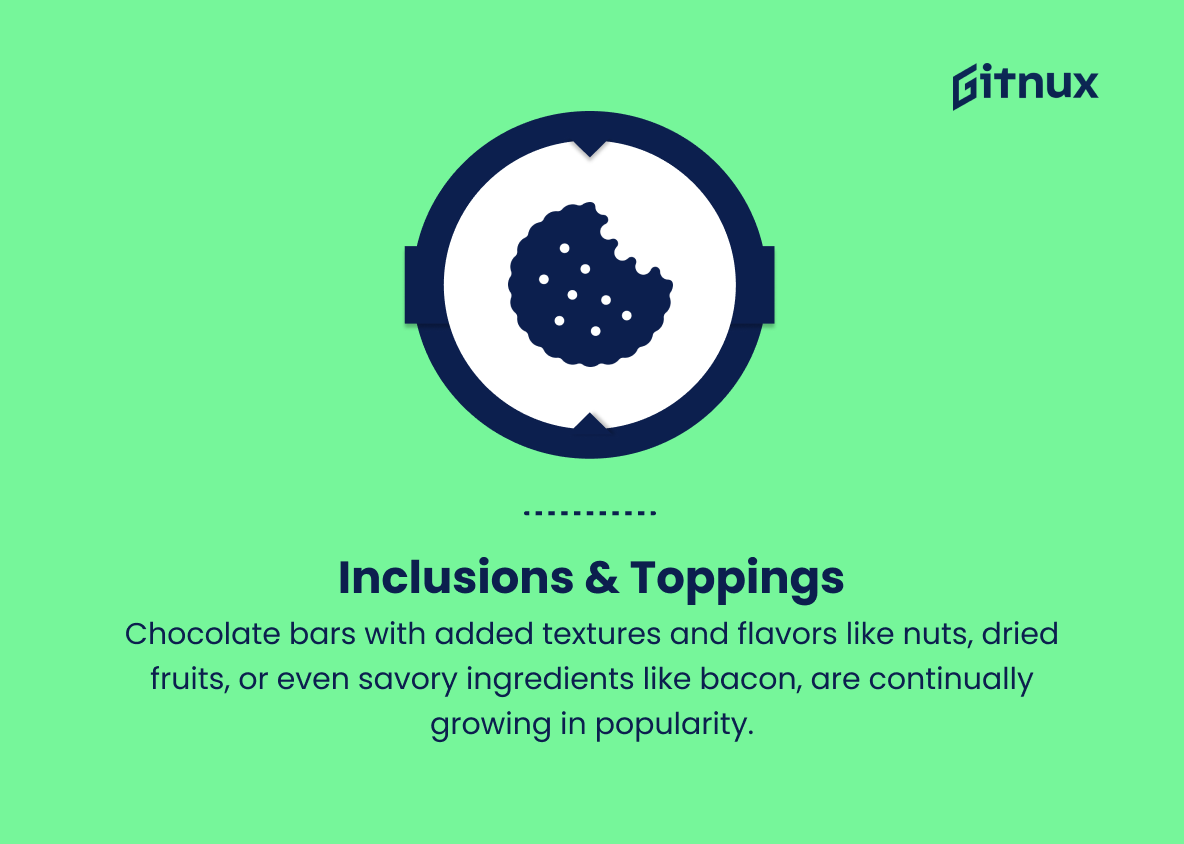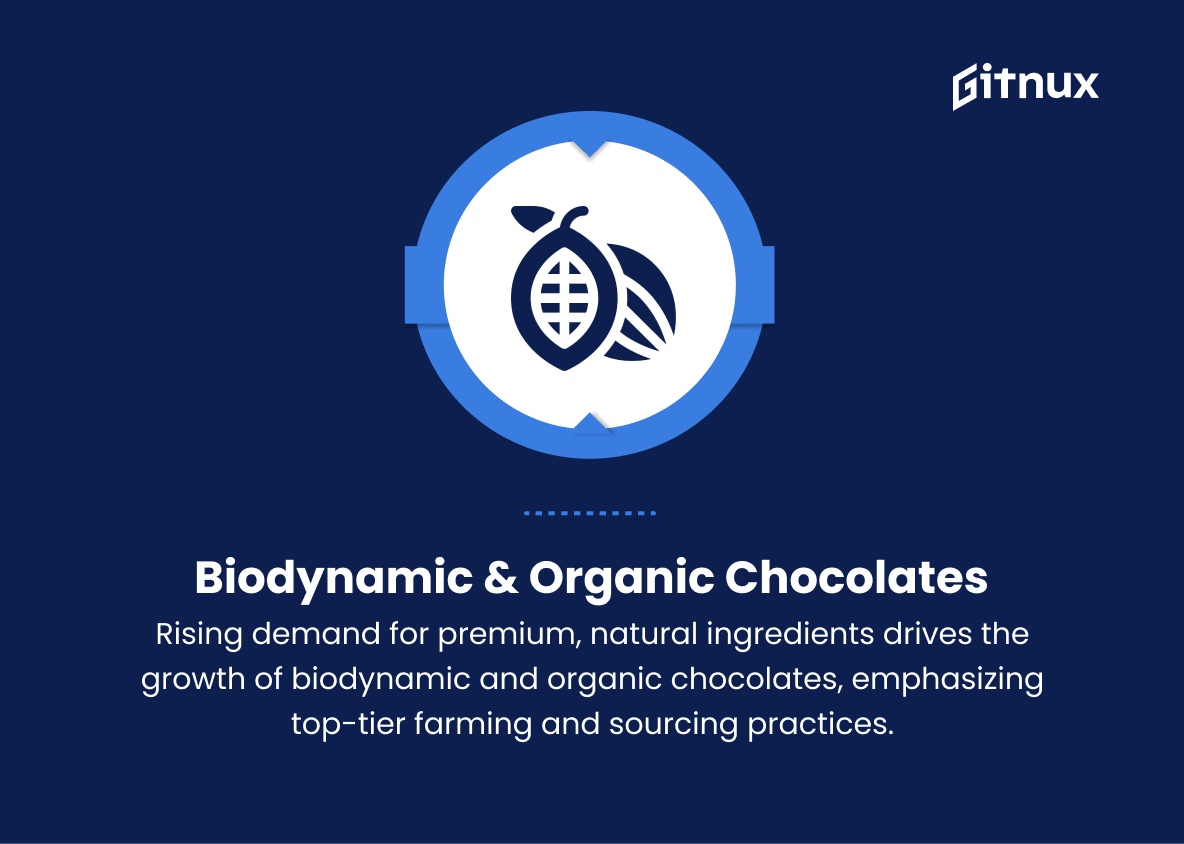In the ever-evolving world of gastronomy, chocolate remains an eternally beloved staple for connoisseurs and casual consumers alike. However, as our palates and culinary knowledge continue to expand, chocolate trends are constantly transforming, with new flavors, textures, and techniques capturing the interest of food enthusiasts. In this insightful blog post, we will explore the latest and most intriguing chocolate trends that are not only satisfying our sweet tooth, but also redefining our expectations of this versatile ingredient. From sustainability to exotic flavor combinations and innovative applications, let’s embark on a mouthwatering journey into the captivating realm of chocolate’s most contemporary creations.
Top Chocolate Trends
1. Bean-to-Bar Movement
A growing number of artisanal chocolatiers are focusing on producing high-quality, ethically-sourced chocolate, controlling the entire process from bean selection to chocolate bar production.
2. Sustainability & Fair Trade
Consumers are increasingly demanding ethically-sourced, sustainable products, and chocolate manufacturers are responding by adopting fair trade practices, improving farming methods, and working directly with cocoa farmers.
3. Vegan & Dairy-free Chocolates
As more people embrace plant-based diets, there has been a surge in demand for vegan and dairy-free chocolates, made with ingredients like almond milk, coconut milk, or oat milk.
4. Healthier Options
Chocolate makers are catering to health-conscious consumers by offering low-sugar, high-cacao content bars and using natural sweeteners, allowing them to indulge in chocolate without feeling guilty.
5. Craft Chocolate
Similar to craft beers, small-batch, artisanal chocolate makers focus on creating unique, high-quality productswith an emphasis on unique flavors, textures, and creativity.
6. Flavor Innovations
From sweet and salty combinations to the inclusion of exotic spices or floral notes, chocolatiers are experimenting with new and unexpected flavors to entice consumers.
7. Edible Packaging
In an effort to reduce waste and improve sustainability, some chocolate brands are exploring edible packaging made from materials like rice paper or sugar film.
8. CBD-infused Chocolates
With the growing popularity of CBD in various products, manufacturers are incorporating it into chocolate for the potential relaxing benefits and unique marketing opportunities.
9. Ruby Chocolate
In 2017, Swiss chocolatier Barry Callebaut introduced ruby chocolate, a naturally pink chocolate with a fruity, tangy flavor, creating a new category of chocolate alongside dark, milk, and white.
10. Personalized Chocolates
Advances in 3D printing technology have allowed some companies to create personalized chocolates, with custom shapes or messages, as a unique gift option.
11. Inclusions & Toppings
Chocolate bars with added textures and flavors like nuts, dried fruits, or even savory ingredients like bacon, are continually growing in popularity.
12. Chocolate Pairings
The art of pairing chocolates with wine, whiskey, teas or coffees has become a popular experience among food enthusiasts, exploring new flavor combinations and sensory experiences.
13. Biodynamic & Organic Chocolates
An increasing demand for high-quality, natural ingredients has led to the rise of biodynamic and organic chocolates, demonstrating a commitment to the highest levels of farming practices and ingredient sourcing.
14. Functional Chocolates
Brands are incorporating functional ingredients like vitamins, probiotics, or proteins into chocolates, offering consumers additional health benefits alongside their indulgence.
15. Virtual Chocolate Tastings & Classes
With the rise of digital experiences, virtual chocolate tastings and online classes have become a popular way to learn about chocolate production, flavors, and pairings, accessible to a global audience.
Implications
The chocolate industry is currently experiencing a significant transformation, with trends like the bean-to-bar movement, craft chocolate production, and sustainability taking center stage. As consumers become more conscious of their purchases’ ethical and environmental implications, chocolatiers are responding by focusing on high-quality ingredients and developing strong relationships with cocoa farmers to ensure fair trade practices.
These evolving preferences have also led to an increased demand for vegan, dairy-free, and healthier chocolate options, resulting in product innovations involving unique flavor combinations, edible packaging, and the incorporation of functional ingredients such as CBD, probiotics, or vitamins. Additionally, the emergence of ruby chocolate has expanded the variety of chocolate available to consumers, and advances in technology have enabled the personalization of chocolate products through 3D printing.
The chocolate experience has been further enriched by the popularization of events like virtual tastings, classes, and chocolate pairings, allowing enthusiasts to explore new flavors, textures, and sensory experiences. Ultimately, these trends signify a growing desire for premium, eco-conscious, and health-oriented chocolates that provide novel experiences while respecting the environment, promoting fairness for cocoa farmers, and catering to diverse consumer tastes.
Conclusion
In summary, chocolate trends continue to evolve and adapt to the ever-changing tastes and preferences of consumers. Driven by various factors such as sustainability, health consciousness, ethical considerations, and innovation, the chocolate industry is always in a state of flux. As we have seen in this blog post, it is crucial for chocolate lovers and manufacturers alike to keep abreast of these trends to ensure that they can stay ahead of the curve and make the most of the delicious, versatile world of chocolate. Ultimately, being aware of these trends will not only benefit the industry but also increase the overall enjoyment and appreciation of this indulgent treat for years to come.
